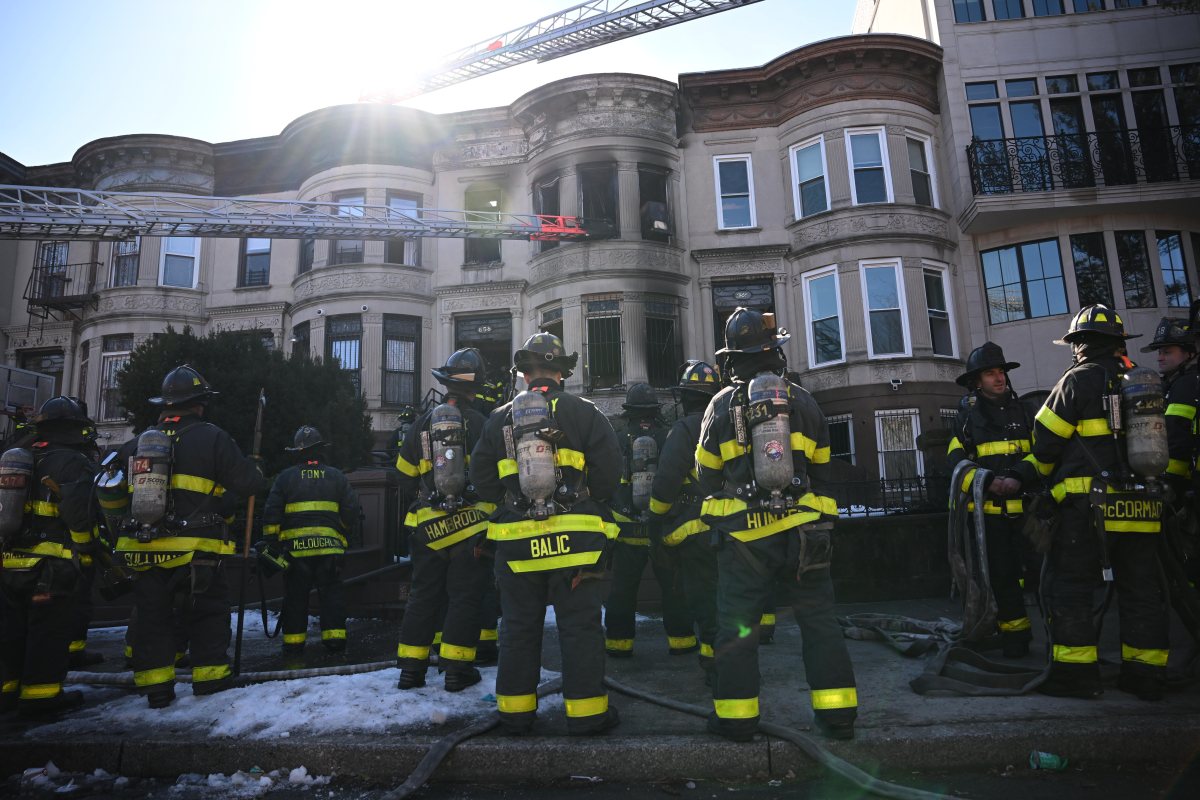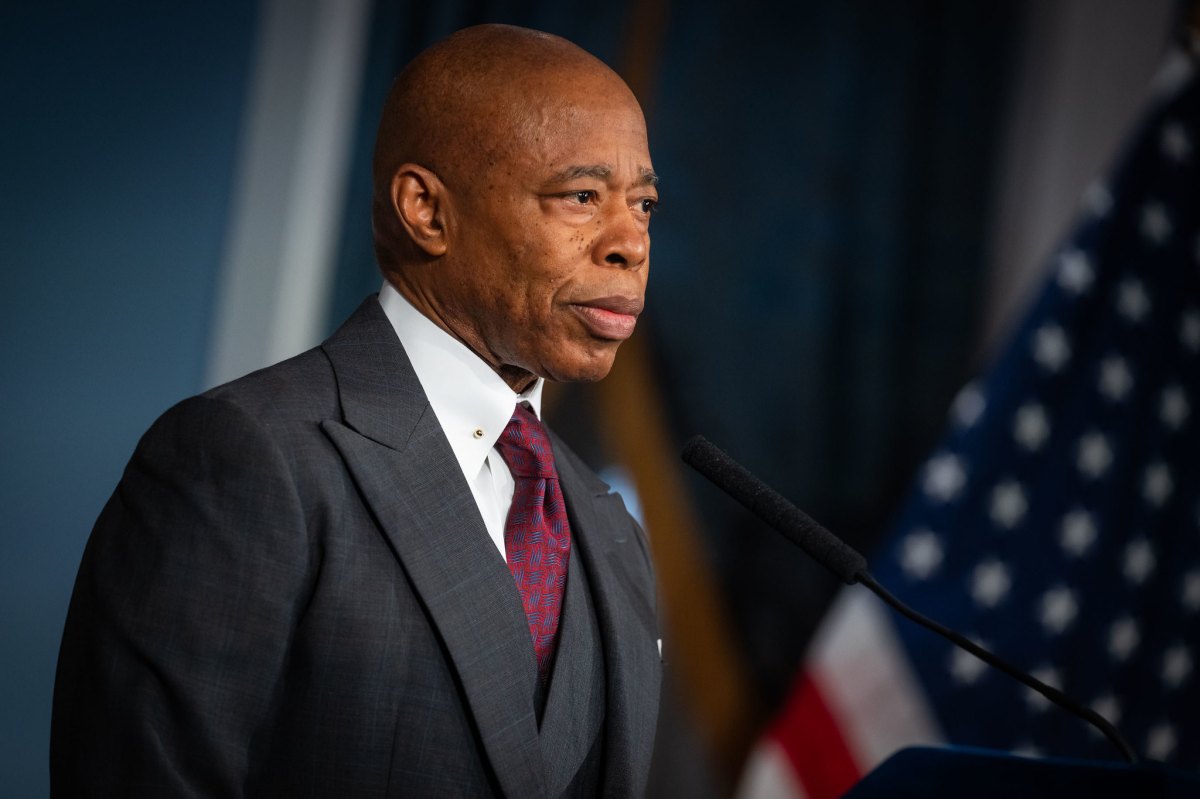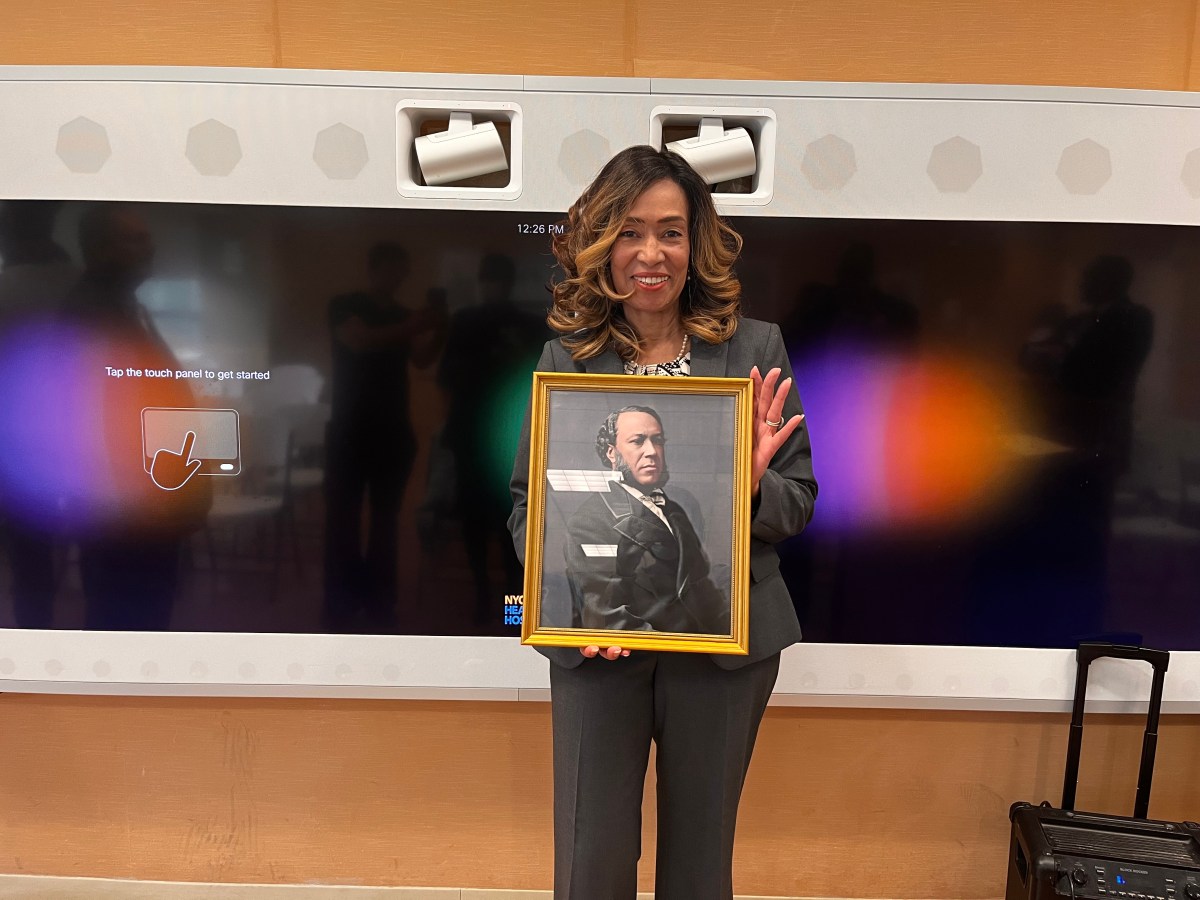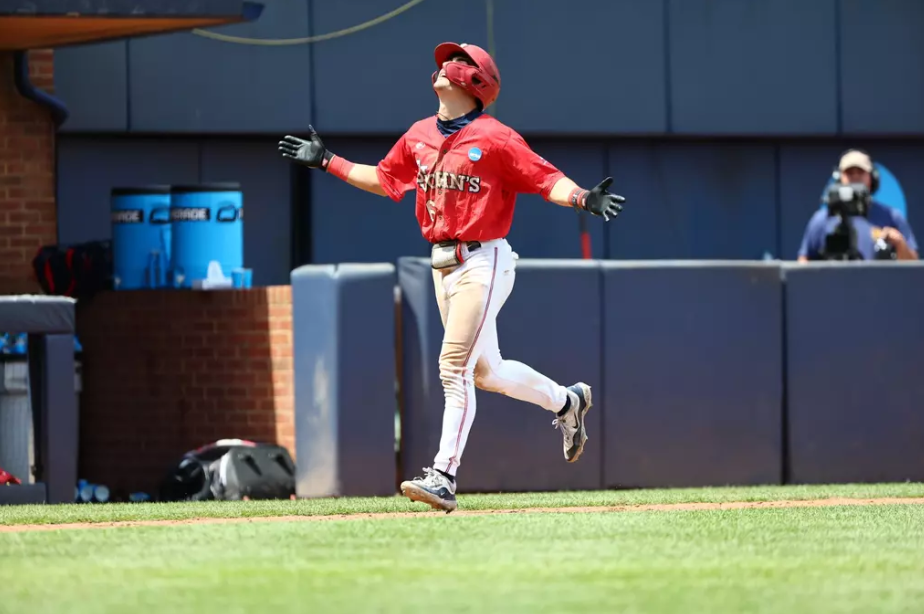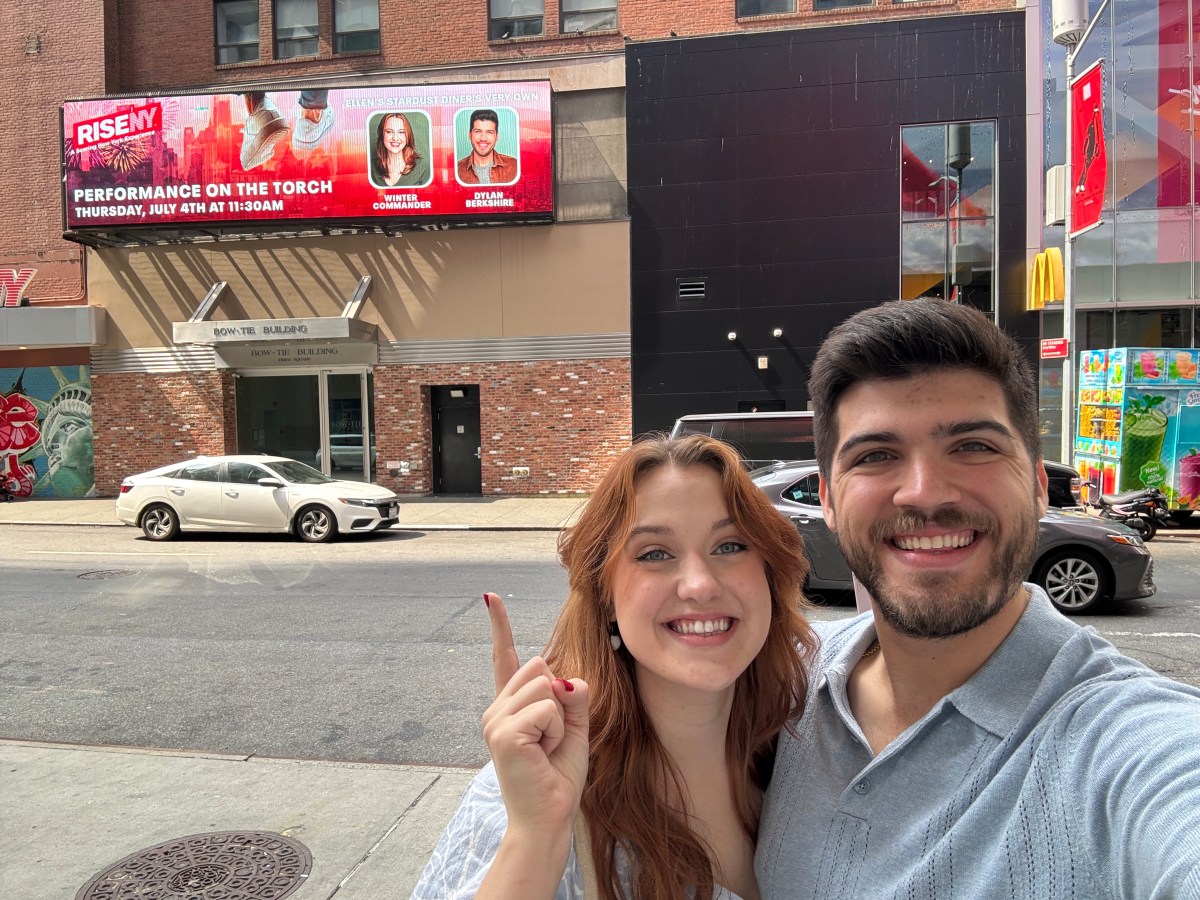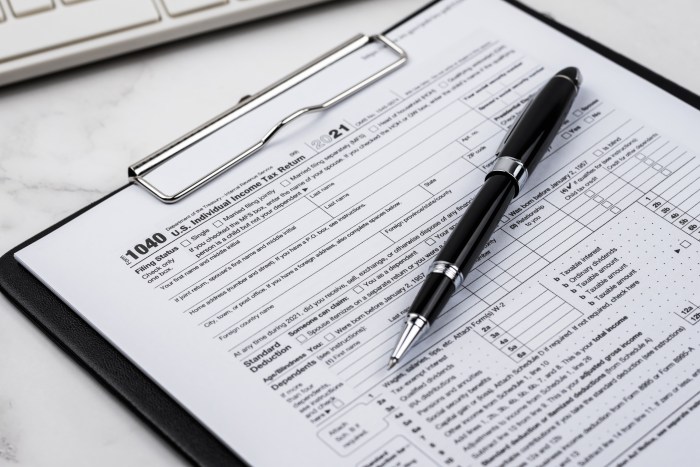The city’s program offering half-priced MetroCards to low-income New Yorkers known as Fair Fares had more than a quarter-million signups this fall, after state transit leaders pushed for more awareness of the program.
Enrollments for the city-subsidized benefit had risen to a record 255,000 in October after recovering from a pandemic-era cut, and advocates said successful recent publicity blitzes should encourage officials to spread awareness for the program even more.
“There has to be much more to widen the net,” said David Jones, head of the Community Service Society, a nonprofit that advocates for low-income New Yorkers. “This should be something that a lot of people should get to use.”
The enrollment number has declined again slightly to 248,455, according to the latest figures from Nov. 3 on the Fair Fares website.
This is likely due to some people’s memberships expiring, according to Debipriya Chatterjee, an economist with CSS, who has been tracking the program’s uptake.
The researcher found enrollment increased in early 2020, but dropped and steadied out at about 230,000 following Mayor Bill de Blasio and the City Council slashing funding last year before partly restoring it in 2021.

Fair Fares was launched in 2019 and offers New Yorkers aged 18-64 living at or below the federal poverty line a 50% discount on fares for subways, buses, and Access-a-Ride.
The city’s Department of Social Services manages the program by buying MetroCards from the state-controlled Metropolitan Transportation Authority and reselling them for half price through the Human Resources Administration.
About 700,000 would meet those criteria in the Five Boroughs, according to estimates by CSS based on 2019 US Census data, meaning that only 35% of eligible New Yorkers have availed of the benefit.
The Mayor and the Council agreed to cut its $106 million funding allocation for Fair Fares by 62% during the 2020 budget amid cratering revenues due to the pandemic.
They restored it back to half of pre-pandemic levels in 2021, reflecting still-low ridership numbers on the subways and buses, and de Blasio said he would up funding if demand increases from riders, pledging an “aggressive outreach effort,” in July.
Jones serves on the MTA’s board and said the agency’s new acting chief Janno Lieber has been a big booster for the subsidy since he took over in the summer.
“There has been somewhat of a breakthrough when Janno assumed his position,” Jones said.
Lieber has said fair strategy is a priority for him and has called on the city to double enrollment over the next year.
“If a New Yorker can’t get to a job, to healthcare, to education, he or she doesn’t have a shot at improving their situation,” Lieber told reporters during an Oct. 27 press conference about MetroCard deals.
While someone who can’t afford to ride the train might not see many of the signs in transit, the Lieber said it will still help get out the message.
“People are riding the subway and they have family members who are riding the subway,” the MTA big said last week. “The principle problem here is that they don’t know that they’re eligible for a half-priced ride and we have to get the word out.”

The city’s HRA bought an eight-week ad campaign on digital screens in stations in late August and another one for physical signs on subways and buses and on bus shelters on Oct. 11, also for eight weeks, according to MTA spokesman Eugene Resnick.
Officials placed neighborhood ads for Fair Fares, promoted it on social media and in community newspapers and radio, according to agency spokesman Isaac McGinn, who added they’re working with NYCHA and CUNY to spread the word there.
The city was able successfully double enrollment before from around 100,000 in January 2020 to more than 200,000 in July of that year, and Jones said the more recent uptick this fall was again thanks to efforts to increase awareness.
“There’s no question there’s a linkage between the renewed advertising and a steady increase,” he said. “HRA has done an extraordinary job with enrollment.”
Jones added the city should expand eligibility to people living at twice the federal poverty line.
At an annual income of $25,760 for a one-person household that would still be below a full-time minimum wage salary in New York City of approximately $31,200.
Currently the city has $53 million budgeted for Fair Fares, making up only 0.05% of the city’s massive $98.7 billion budget this year, but Jones said the relatively small allocation is a boon for those who need it the most.
“It’s so modest,” he said. “This is really a pittance that has an enormous impact on a quarter of a million people, potentially going much higher.”
To check your eligibility for Fair Fares, apply, or renew your membership, go to nyc.gov/fairfares. You can also call 311 to get in touch with HRA for an in-person appointment.















